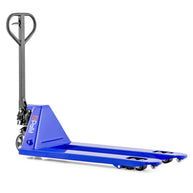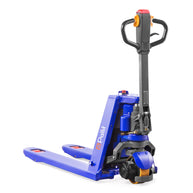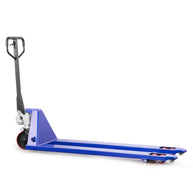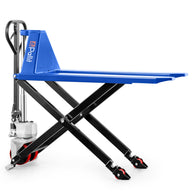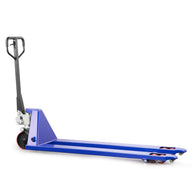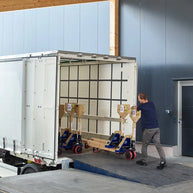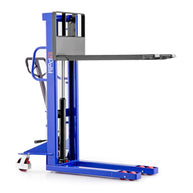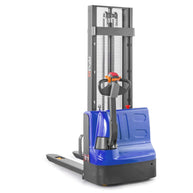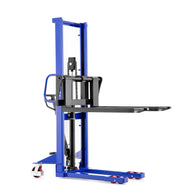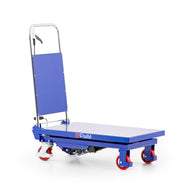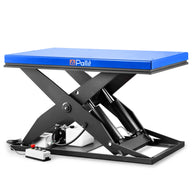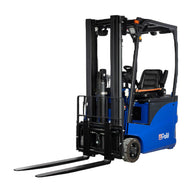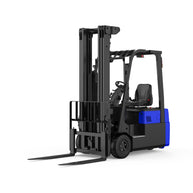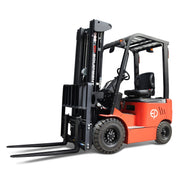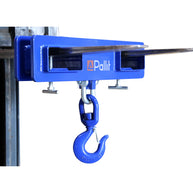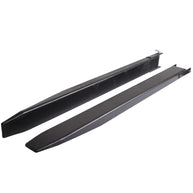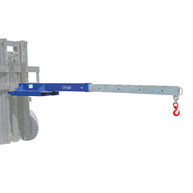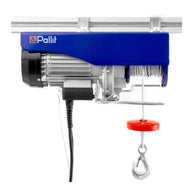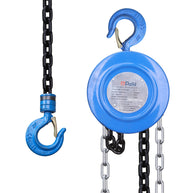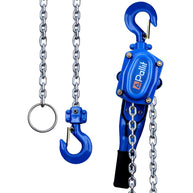picking times

picking trolleys in use
Order picking is a process in which goods from a complete range are put together according to orders. The picking time is the total time required for all parts of the picking process. It should be as short as possible, as it has a major impact on the price of a product.
definition
The picking time is the time period after which the customer or department receives the ordered items or materials. The picking time is made up of individual time periods.
Picking time = base time + travel time + gripping time + dead time + distribution time
base time
The base time refers to the time spent on organizational activities that occur before and after picking. These include the following activities.
- Working with picking documents: order acceptance, reading, sorting, forwarding
- Access and commissioning of the order picking devices - glasses, headsets, etc.
- delivery of the order picking equipment
- Searching for and providing resources (pallets, picking trolleys, containers)
- Handing over the container to a collection point after the end of the picking process
Good to know : Long base times are caused by a lack of order in the picking documents or by inadequate preparation of the picking equipment. The lower the base time, the more orders can be processed.
travel time
The travel time includes trips to the storage locations of the ordered goods and back again. The base time, like the travel time, is made up of various partial times - the base route, the lane route and the lane change route.
The travel time is the time required for the distance between two picks. The travel time usually takes up the most time of the entire picking time. The trip to the storage locations for all items and the return to the starting point are included.
- Gassenweg : All paths within the alleys
- lane change path :
- paths between the alleys
- Return to the exit lane after picking
To keep travel time as short as possible, the following options can be considered.
- Warehouse training to avoid wrong turns within the warehouse
- Position the most popular items at the beginning of the shelf (stitch-catching strategy)
- use order picking vehicles
- Create flow rules
gripping time
The picking time is the time the picker needs to pick items and place them in the appropriate containers. This time is influenced by the picking depth and height, the weight of the goods, the type of delivery and the nature of the item (sensitive or robust). The picking time is also known by the synonyms picking time and removal time.
dead time
The dead time describes the unproductive time during picking. This includes, for example, the following activities:
- Search operations (warehouses, tools such as commission cars)
- inventory errors that are corrected immediately
- inspection of the articles
- reading operations
- Technical failures
- ergonomics of the workplace
- employee engagement
To save a little time, the following things can be considered:
- Neat shelf labels
- Prepackaged units of measure
distribution time
Distribution time is the time when work is not carried out productively and efficiently. A distinction is made between personal distribution times and objective distribution times .
- Personal distribution times : going to the toilet, blowing the nose, drinking, dawdling, coffee breaks, fatigue caused by heavy goods
- Factual distribution time : waiting times due to insufficient work or due to lack of information and/or resources

